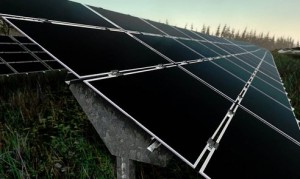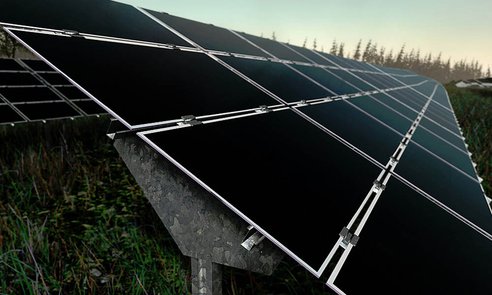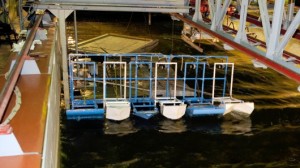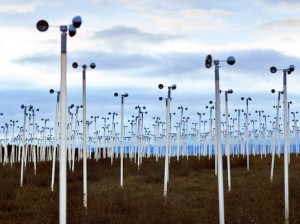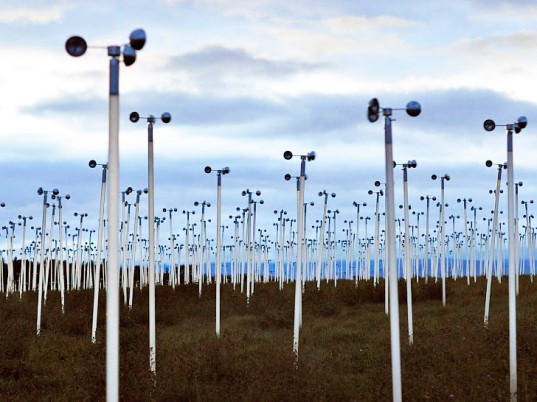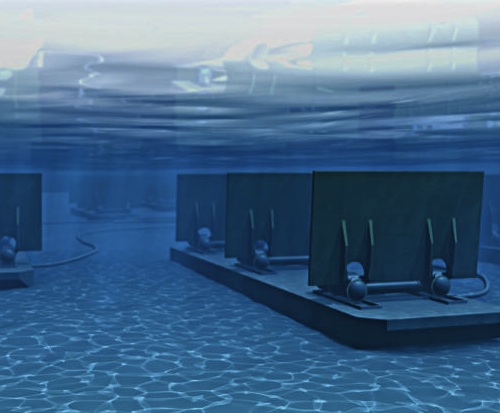
The WaveRoller arrived on January 2nd at Portugal’s Peniche Shipyard for a much anticipated pilot test this summer off the coast of Portugal, one of the best testing sites in Europe for ocean energy. The scaled-up version for the pilot test is to be tested in the same waters near the sea shore of Peniche where its smaller prototype showed promise (Previous: WaveRoller Uses Swinging Door for Underwater Wave Energy.)
Wave energy involves very large machines that must survive harsh underwater conditions. Even this pre-commercial version weighs 280 tons, and the test has been financed by the European Commission.
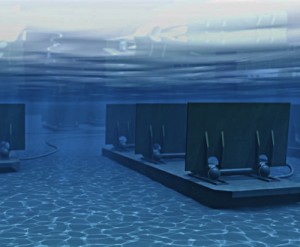
 Follow
Follow